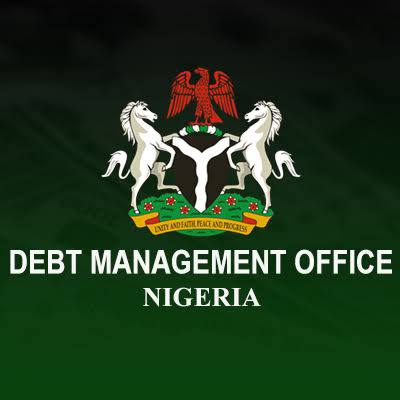
Nigeria’s public debt surged to a record N134.3 trillion ($91.3 billion) by the end of the second quarter of 2024, marking a 10.35% increase from N121.7 trillion in the first quarter. This rise, according to data from the Debt Management Office (DMO), has been primarily attributed to the devaluation of the naira, with the dollar value of the debt remaining relatively stable. The depreciation of the naira against major currencies has inflated the debt in local terms, highlighting the ongoing fiscal challenges caused by exchange rate volatility.
The public debt comprises both domestic and external obligations, with domestic debt accounting for 53% (N71.2 trillion or $48.4 billion) and external debt at 47% (N63.1 trillion or $42.9 billion). A significant portion of Nigeria’s domestic debt is held in Federal Government bonds, which make up 78% of the domestic portfolio. On the external front, multilateral loans, primarily from institutions like the World Bank and African Development Bank, constitute 50.4% of external debt.
This growing debt level has raised alarms about Nigeria’s fiscal sustainability. The debt-to-GDP ratio has crossed 50%, well above the internationally recommended thresholds, increasing the risk of debt distress. Furthermore, Nigeria’s debt servicing obligations surged by 69% in the first half of 2024 to N6.04 trillion, exacerbating the strain on government finances. Debt servicing now consumes a significant portion of Nigeria’s revenue, highlighting the government’s struggle to manage its financial obligations in the face of declining revenues and rising expenditure.
The Federal Government continues to rely on domestic borrowing to finance infrastructure projects and budget deficits, with other borrowing instruments like Nigerian Treasury Bills and Sukuk bonds contributing to the debt structure. However, experts warn that this reliance on domestic borrowing, combined with external loans, poses risks to Nigeria’s long-term economic stability, especially in the face of fluctuating exchange rates.




